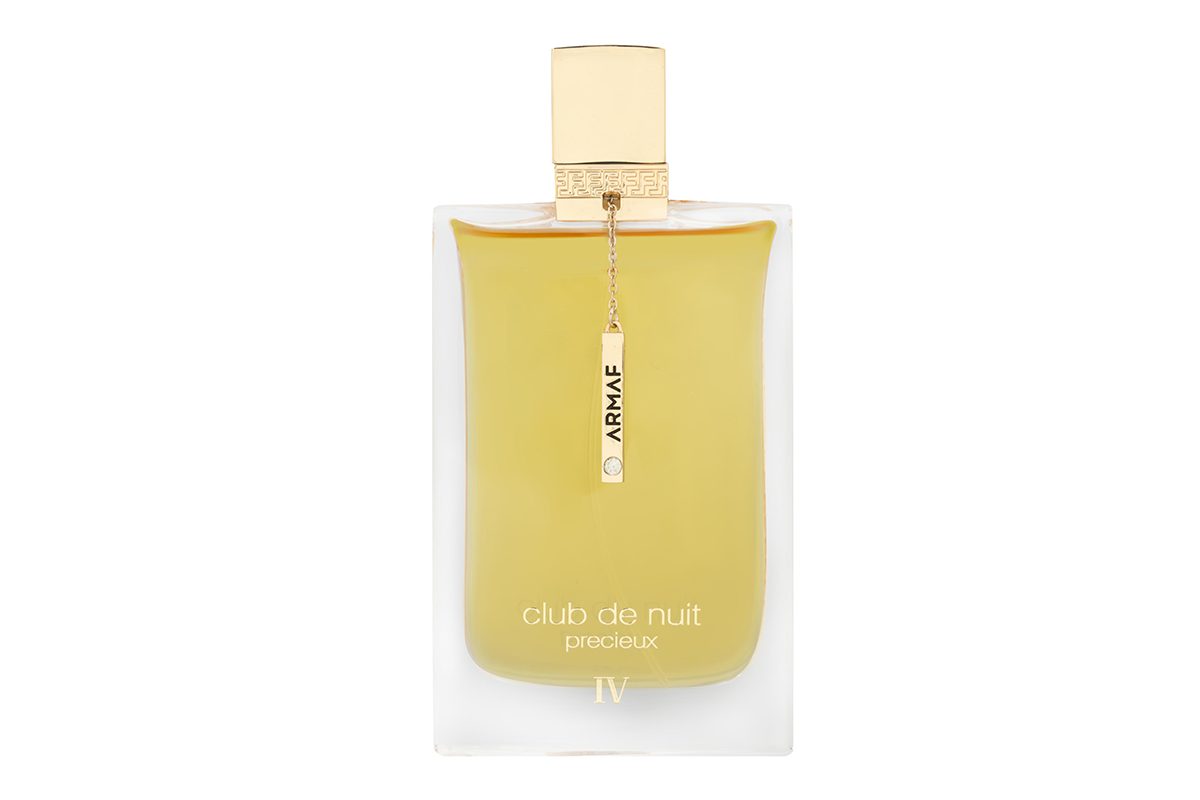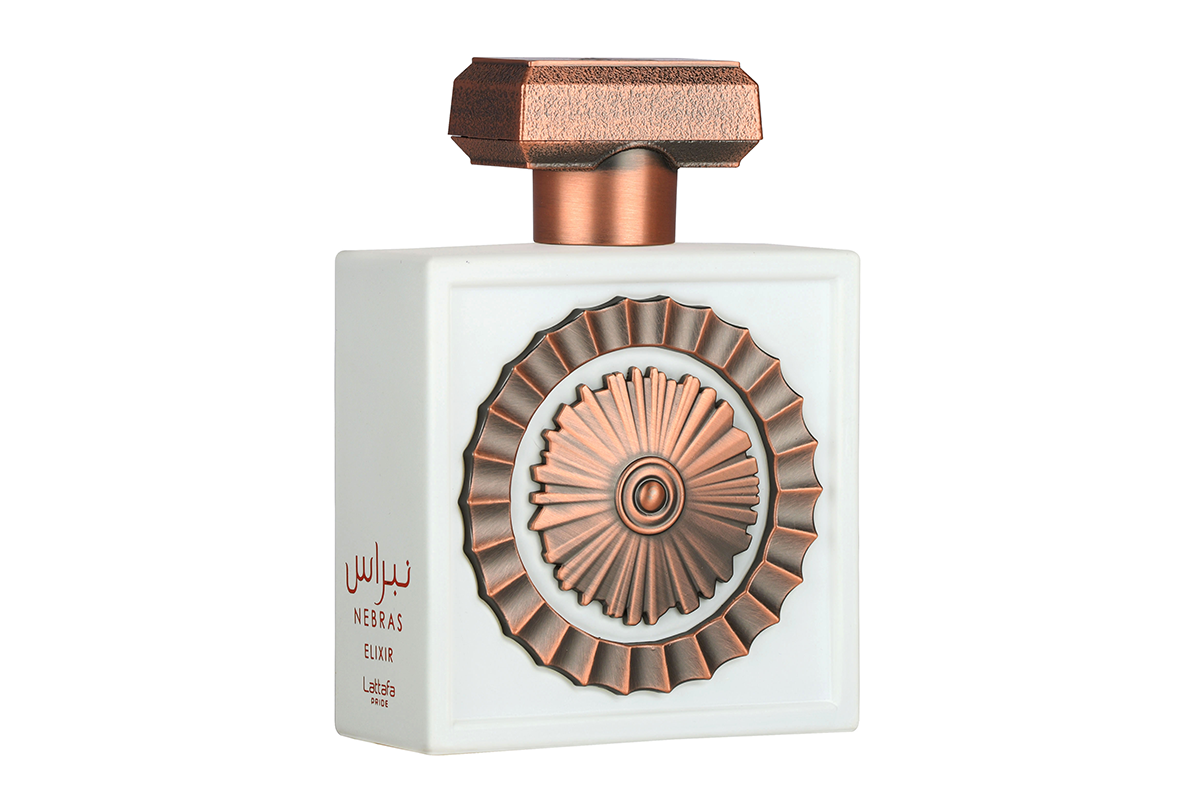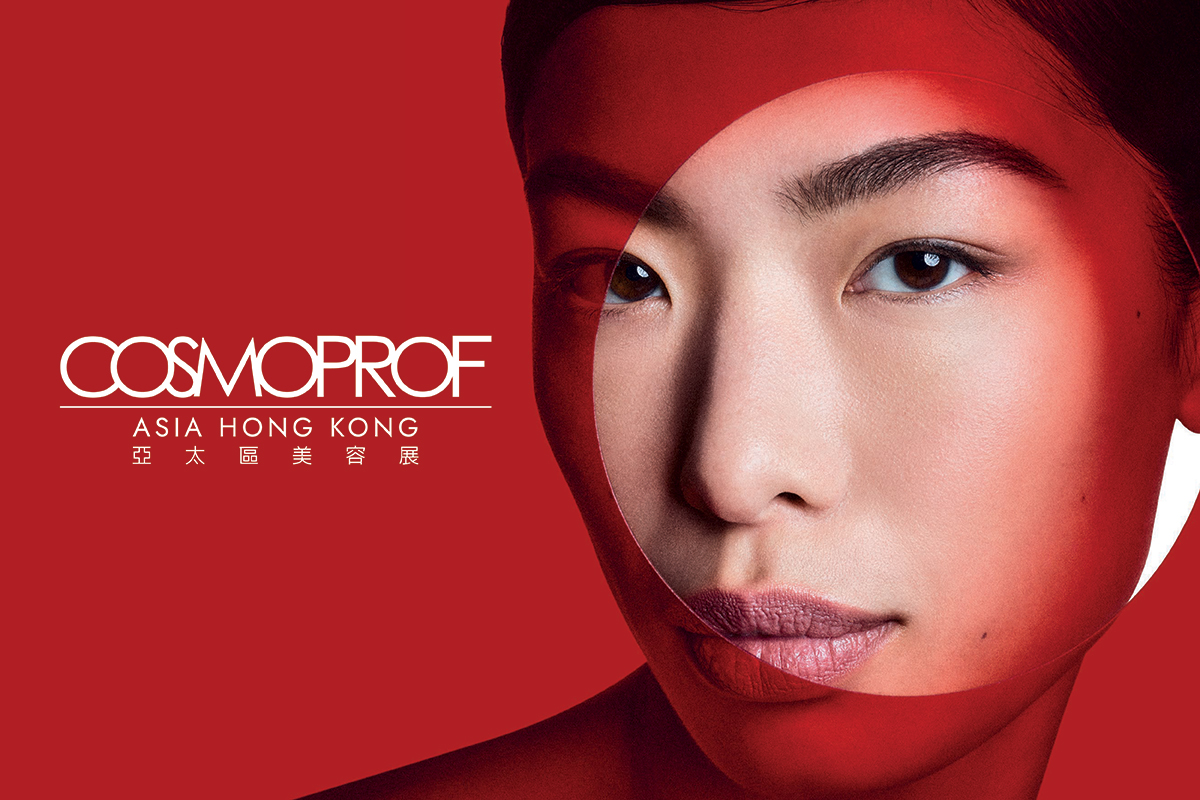Guillaume shares key insights and practical tips to help brands align with market trends and consumer expectations for a more environmentally conscious approach.
It is hard to address a topic these days without including a reference to sustainability. From cars to travel, sustainability spreads across all industries and comes in an array of concepts and definitions.
In the Middle East market, 75% of consumers say they buy from environmentally conscious companies, compared with 54% globally. (Source: PwC) On the other hand, the global luxury niche perfume market size was valued at USD 2949.89 million in 2023 and is expected to expand at a CAGR of 13.2% during the forecast period, reaching USD 6207.16 million by 2030. (Source: Proficient Market Insights) If you sum up these two variables, it is easy to understand that sustainability represents an interesting market for niche fragrance brands in the Middle East.
However, sustainability is not a one-size-fits-all concept. In most cases, production criteria and product characteristics should be considered case by case. So, what does sustainability mean for a niche perfume brand? Here are four aspects I always recommend our niche customers to focus on:
Less Is More
Behind each drop of any raw material, lies a complex production process that we tend to forget, representing carbon emissions, the use of natural resources, and, most importantly, the work of dozens or even hundreds of human beings.
This is why my first recommendation is to try keeping your formula as simple as possible. Working with a reduced number of ingredients will also help you dedicate more time to the sourcing process and the quality of the raw materials.
Transparency and traceability
75% of Middle East consumers say they choose products with a traceable and transparent origin, versus 55% globally. (Source: PwC) Besides, 80% of global consumers expect brands to be transparent about their environmental impact. (Source: EY)
Not only using fewer ingredients will help you achieve transparency and traceability it will also help you respond to these consumers’ habits and expectations. If you’d like to see what transparency looks like for a niche brand, I invite you to have a look at the perfume brand Henry Rose or the fashion brand Asket.
Know Your Providers
Transparency also consists of knowing your product: how it is made, and where the ingredients come from, how they are produced/harvested, etc. When talking about the sustainability of your product, your narrative should cover your activity and the one of your partners/providers. The easiest way to achieve this is to visit their facilities and see it by yourself. Plus, you’ll get to discover a facet of the fragrance industry that is fascinating.
Proximity
Visiting your providers might be complicated as it is likely that they come from all around the world. This is why my fourth and last piece of advice for this article is to favour proximity providers, be it for your fragrance ingredients or your packaging. That will pay off if one day you decide to perform a life cycle assessment (LCA), a tool to assess potential environmental impacts throughout a product’s life cycle.









Add Comment